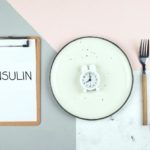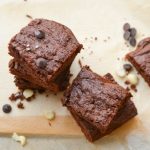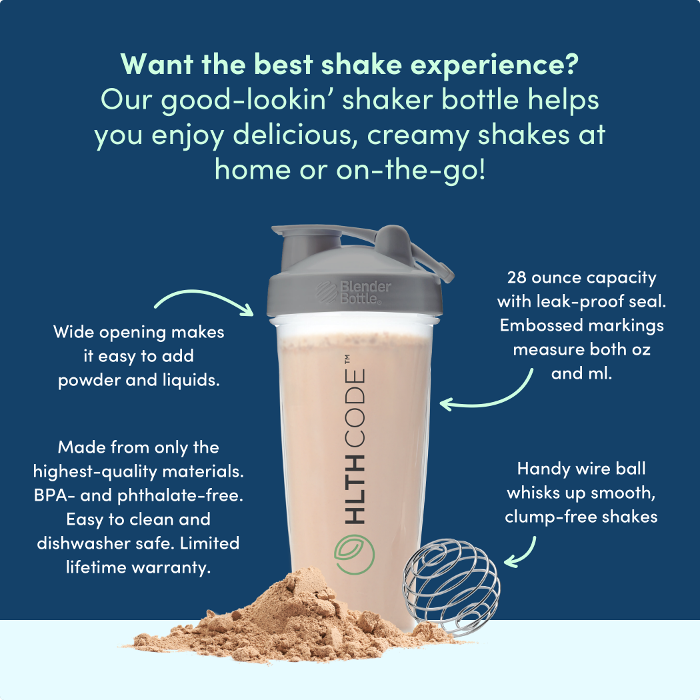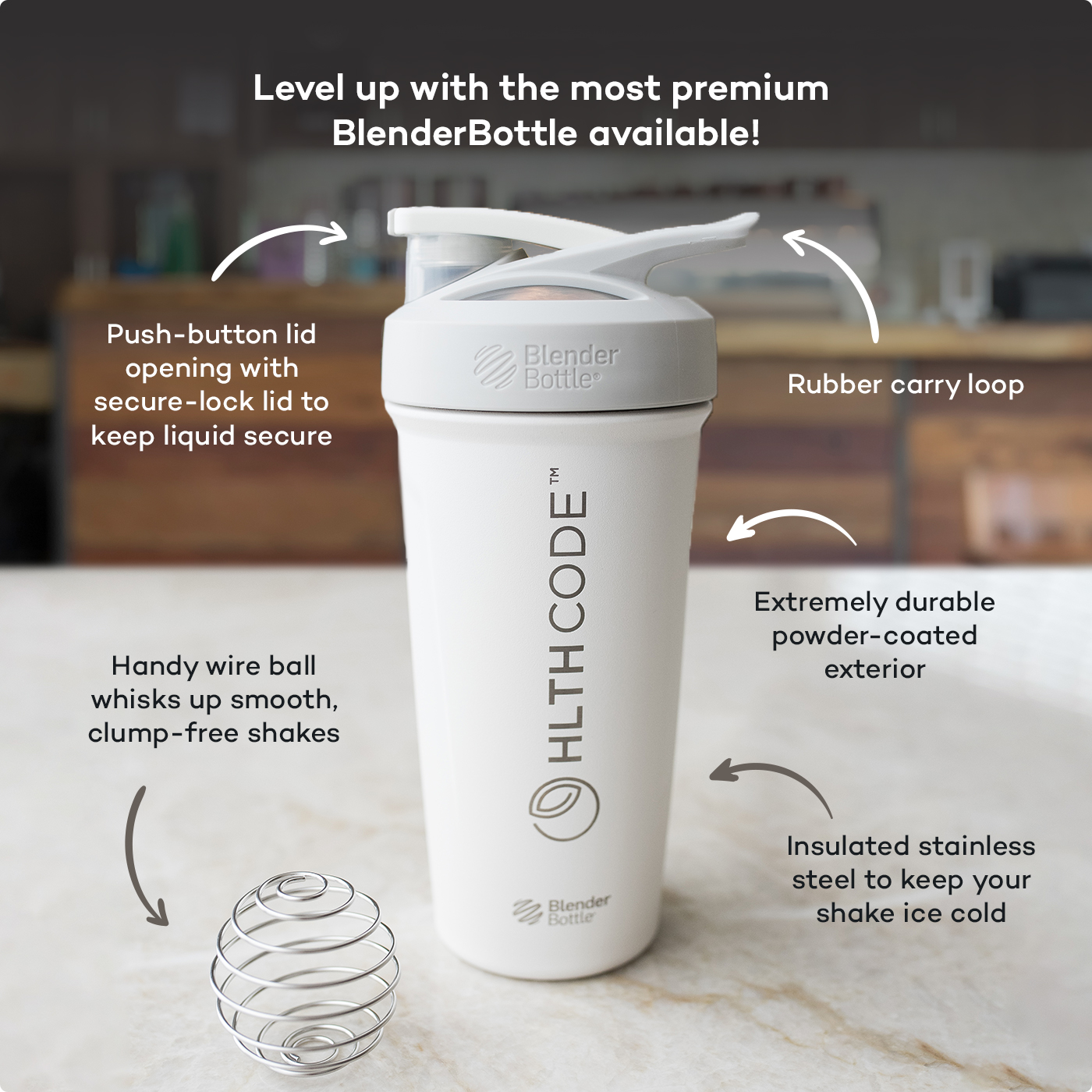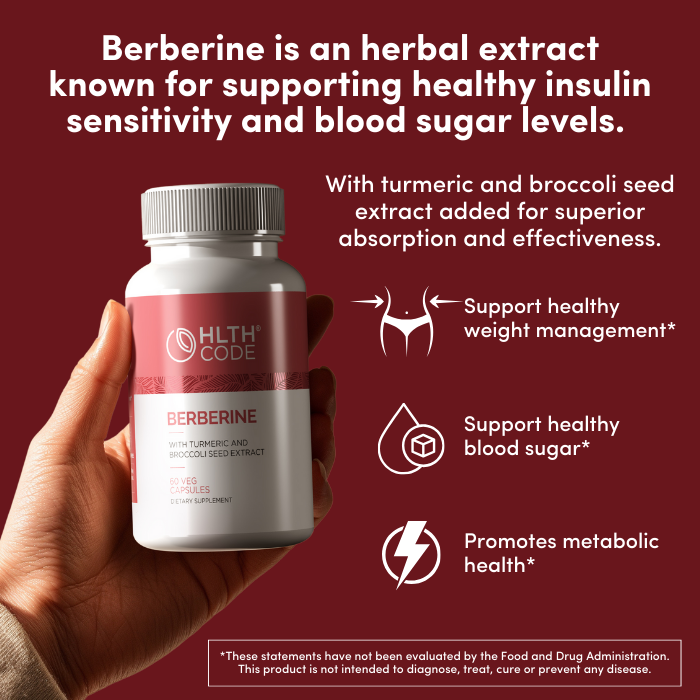Don’t make your fat cells “hungry”

Don’t make your fat cells “hungry”
Fat cells are the focus when it comes to healthy weight loss—we want to convince our fat cells to shrink and stay smaller. However, as we all know, most efforts to lose fat are temporary; someone loses a great deal of weight, only to gain it all back. Sometimes, this includes “and then some”. Let’s explore why this might happen.
The primary mechanism whereby fat cells grow (and stay big) is through an enzyme called lipoprotein lipase (LPL). LPL works by grabbing fats that pass in the blood, then passing it off to be pulled into the nearby fat cell. Naturally, with this definition in mind, it’s easy to see that LPL plays a big role in why we get (and stay) fat. Indeed, in the fat tissue of people who struggle with obesity, LPL is over 2.5 times more active than the LPL in fat tissue from lean people [1]. The reasons for this different aren’t known, but the higher insulin levels in people with obesity are very likely important [2]; insulin is an essential driver of LPL [3].
Traditional weight loss plans are built on the flimsy foundation of “eat less, exercise more” as a way to create a caloric deficit. Of course, as we see so often, this also results in temporary weight loss and a person usually gains back all the weight they worked so hard to lose. Interestingly, and tragically, as the body is starved to lose weight, the fat cells actually become better at taking in fat—it’s like they get hungrier than before.
One study highlighted this phenomenon very well [4]. A group of women who struggled with obesity were recruited to participate in a weight loss study. To induce weight loss, women were put on a very low-calorie diet: only 800 calories per day. These meager calories came from a typical macronutrient breakdown: ~50% from carbohydrates and the rest evenly split between fats and proteins. After three months, the women had lost a significant amount of weight, roughly 25 lbs. and were helped with keeping the weight stable for three additional months. This gave the researchers three time points: 1. Beginning of study; 2. Immediate post weight loss; and, 3. Three more months post weight loss. At each time point, the research group measured LPL activity. Basically, they were able to see how good LPL was at pulling fat into fat cells. The results are striking.
In a fasting state (i.e., no food), LPL activity was initially lower in the state of immediate weight loss, however, with sustained low-calorie weight loss, LPL activity went right back to where it was before. However, the real impact revealed itself when the scientists looked at “post meal” LPL activity. Basically, they had the study subjects eat a normal meal, with a typical breakdown of carbohydrates, protein, and fat, and then measure LPL activity. Compared to the beginning of the study, before any low-calorie weight loss, LPL activity was over 12 times higher after sustained low-calorie weight loss! Twelve times! This means that after being on a starvation diet, the fat cells in these ladies were now 12 times better at pulling in fat for storage.
Take-away Thoughts
As you consider making changes to your dietary habits to help lose or control body weight, make sure you aren’t sabotaging your long-term efforts. If you follow the traditional route to weight loss by just focusing on cutting calories, you’ll likely be making your fat cells much hungrier and better at storing fat.
References
1 Ong, J. M. and Kern, P. A. (1989) Effect of feeding and obesity on lipoprotein lipase activity, immunoreactive protein, and messenger RNA levels in human adipose tissue. The Journal of clinical investigation. 84, 305-311
2 Cahill, G. F., Jr. (1971) The Banting Memorial Lecture 1971. Physiology of insulin in man. Diabetes. 20, 785-799
3 Garfinkel, A. G., Nilsson-ehle, P. and Schotz, M. C. (1976) Regulation of lipoprotein lipase. Induction by insulin. Biochimica et biophysica acta. 424, 264-273
4 Eckel, R. H. and Yost, T. J. (1987) Weight reduction increases adipose tissue lipoprotein lipase responsiveness in obese women. The Journal of clinical investigation. 80, 992-997
This article is for informational and educational purposes only. It is not, nor is it intended to be substitute for professional medical advice, diagnosis, or treatment and should never be relied upon for specific medical advice.



